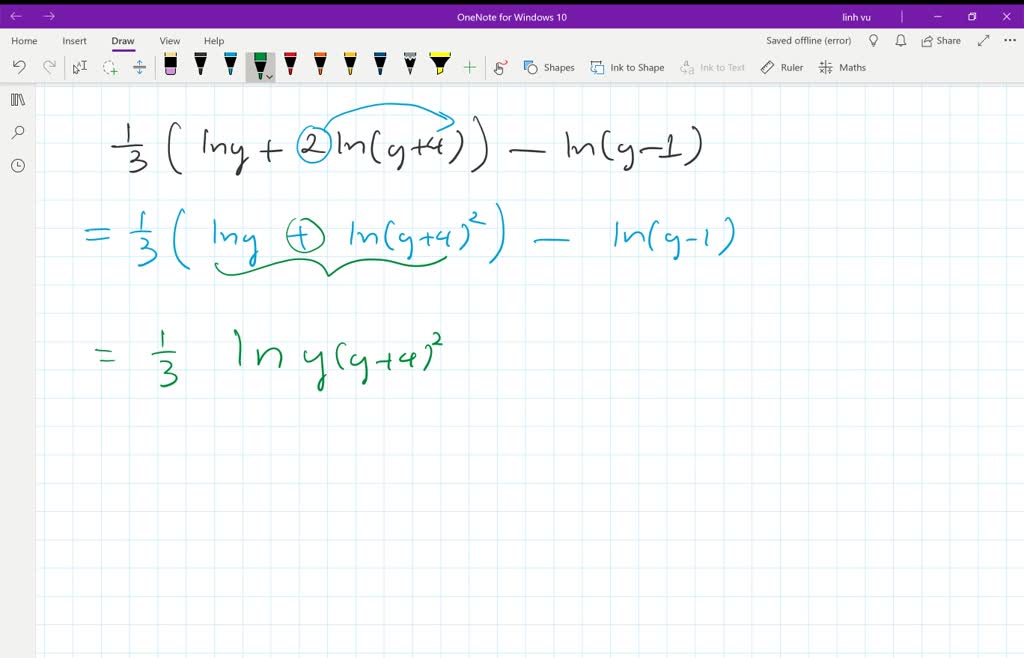

The natural logarithm of a number N is the power or exponent by which ‘ e‘ must be raised to equal N. For example, a substance’s acidity and alkalinity are represented in exponential terms. These logarithms are also known as Briggsian logarithms because British mathematician Henry Briggs invented them in the 18th century. If log N = x, then this logarithmic form may be represented in exponential form, i.e., 10 x = N.Ĭommon logarithms are widely used in research and engineering. Log N or log 10 N Decadic logarithms, and decimal logarithms are other names for common logarithms. The common log of a number N is as follows: The base of a common logarithm is always 10. The natural logarithm and the common logarithm There is our Change of Base Formula, where you can learn more about the base of the logarithm and its properties. The natural logarithm has the number e as its base. The base of the logarithm is called the decimal or common logarithm. Learn more about with our Exponent and Dividing Exponents Calculators.
a<>1 and log base a of b M.Algebra Logarithm Calculator Step 1: Enter the.Here you can see that the exponential function is also used. These seven (7) log rules are useful in expanding logarithms, condensing. Potentiation allows each positive number as a base to have any real power and always gives a positive result. This implies that the log of a given number x is the type to which the second fixed number, base b, needs to be raised to deliver that number x. The logarithm represents the inverse function of potentiation. Fundamental counting principle calculator.



 0 kommentar(er)
0 kommentar(er)
